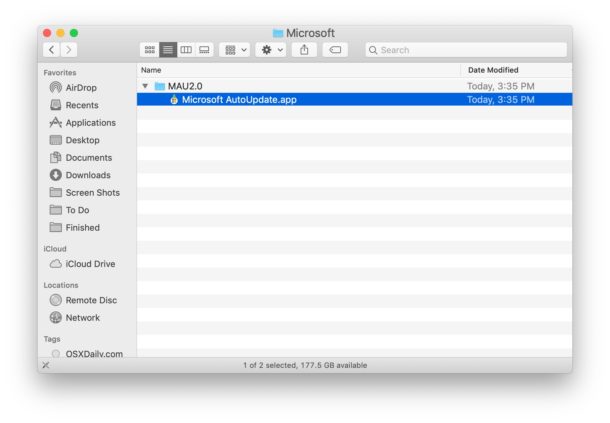

The next three options determine whether your system will install updates without your intervention. If you check the above two options, and only those options, you’ll still need to tell the system to install updates. If you don’t have that need, it’s best to leave this enabled.Īgain, neither of these options installs updates automatically: they just set whether the system should look for updates regularly, and whether the system should download those updates when available. The only reason to disable this feature is the need to manage bandwidth usage. The next option, “Download newly available updates in the background,” controls whether or not you need to tell the system to download updates.There’s no good reason to turn this off: it’s important to know about updates when they’re ready. The top option, “Automatically check for updates,” controls whether your Mac regularly checks for new versions or not.The first two options are about checking for and downloading updates-not installing them. Happily, there’s a way to take control, and it’s in System Preferences.Ĭlick the “App Store” button and you’ll see the automatic update settings right at the top of the window. Some of you prefer having control over what is installed when. So automatic updates make sense for most people. But popups asking users whether they want to install updates have a way of being ignored, even when the user knows that updates are important. The same goes for software updates, so it’s important to keep all your apps up to date. System updates protect your Mac from malware and other threats, and occasionally add new features. Which is why your Mac, by default, installs them automatically.

* Kindly Mark and Vote this reply if it helps, as it will be beneficial to more community members reading here.Updates are necessary, but annoying. Ivy - * Beware of scammers posting fake support numbers here. May I know whether you can check the updates successfully with MAU after updating it? If no, please provide the screenshot of the error message and the version of MAU. Update history for Office for Mac and it worked well. Moreover, it seems like you have installed Office 16.37 version from :Release history for Microsoft AutoUpdate (MAU). If not, you need to go to Library > PrivillegedHelperTools and delete the file, then download and install the latest version of MAU from this link Since you have this issue when using Microsoft AutoUpdate to check for updates, we would like to know whether you are using Thanks for your efforts n troubleshooting this case.


 0 kommentar(er)
0 kommentar(er)
